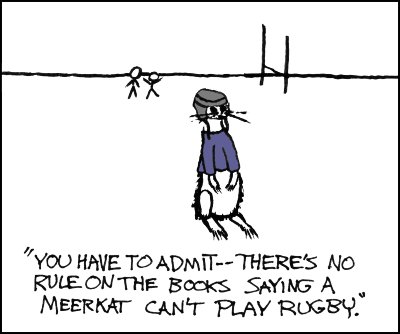I did a bicycle race this past summer where I unintentionally played the rules to help a team mate take the win. It was at the Tour de Bowness criterium where we were racing on a circuit about 1 km in length. I was racing with 3 other team mates: A, B, and C.
Before the race begun, I had told team mate A that I would work for him in the race and give him the lead out in a sprint since he was clearly the strongest member on the team. We had also agreed to break away from the field with the other 2 members of our team and try to lap everyone so that we could take the maximum number of prizes.
Early on in the race, team mate A and I repeatedly accelerated off the front of the race pack but our other two team mates were no where to be found. Having burnt enough matches trying to execute our plan, I drifted back into the pack of racers to get more shelter from the wind and try to recover. Then, on a corner, someone’s rear tire blew out causing several others and me to crash.
The rest of the racers continue on riding. I got up as quickly as I could and had to adjust my chain since it had fallen off the gears. In this race, if you are involved in a crash, you get a free lap so you can rejoin the race. Thinking that I would invoke this rule, I slowly continue riding so I could wait for the racers to come around the course again.
However, I did not see the whole pack of racers come around. Team mate A had actually broken away from the pack with another unknown racer. I latch on to the two and did by predetermined duties, thinking that I could still get 3rd place if we stayed away from the other racers. I rode as hard as I could and eventually gave team mate A the lead out that we had planned. He won with a pretty sizable gap over the other rider in our break away. I wound up finishing 4th since another rider passed me after I gave the lead out.
After the race, I learned that I hadn’t finished 4th, but rather in near last place since I did not in fact correctly invoke the free lap rule. I actually was required to go to the finish line after I crashed and wait for the officials to reinsert me into the race. Therefore, they counted me as a lap down versus everyone else. If the rest of the racers had caught up to me, I would have been pulled from the race.
I realized that I had bent the rules a bit because riders that are a lap down don’t usually figure in the top placings of a race and its not normal for them to be helping other riders stay away from the pack. However, it greatly benefited team mate A because I was there to ensure he stayed away to take the win.


